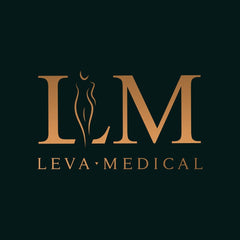Chin Augmentation with Fillers
Sometimes nature can leave us with a recessed chin that may not be proportional to our other facial features. In the past, implants were the go-to solution for this problem, but they often resulted in an unnatural appearance and dissatisfaction among patients. Nowadays, there are more natural options available to create a harmonious look.
Augmenting the chin with dermal fillers can result in a more natural look, as the filler adapts to the chin's movements during speech. Implants, however, are inert materials that can be noticeable after the procedure. As a result, many patients are opting for simpler, more natural solutions.
If you're looking to enhance your chin, choosing a natural approach can lead to a more balanced and harmonious facial appearance.

